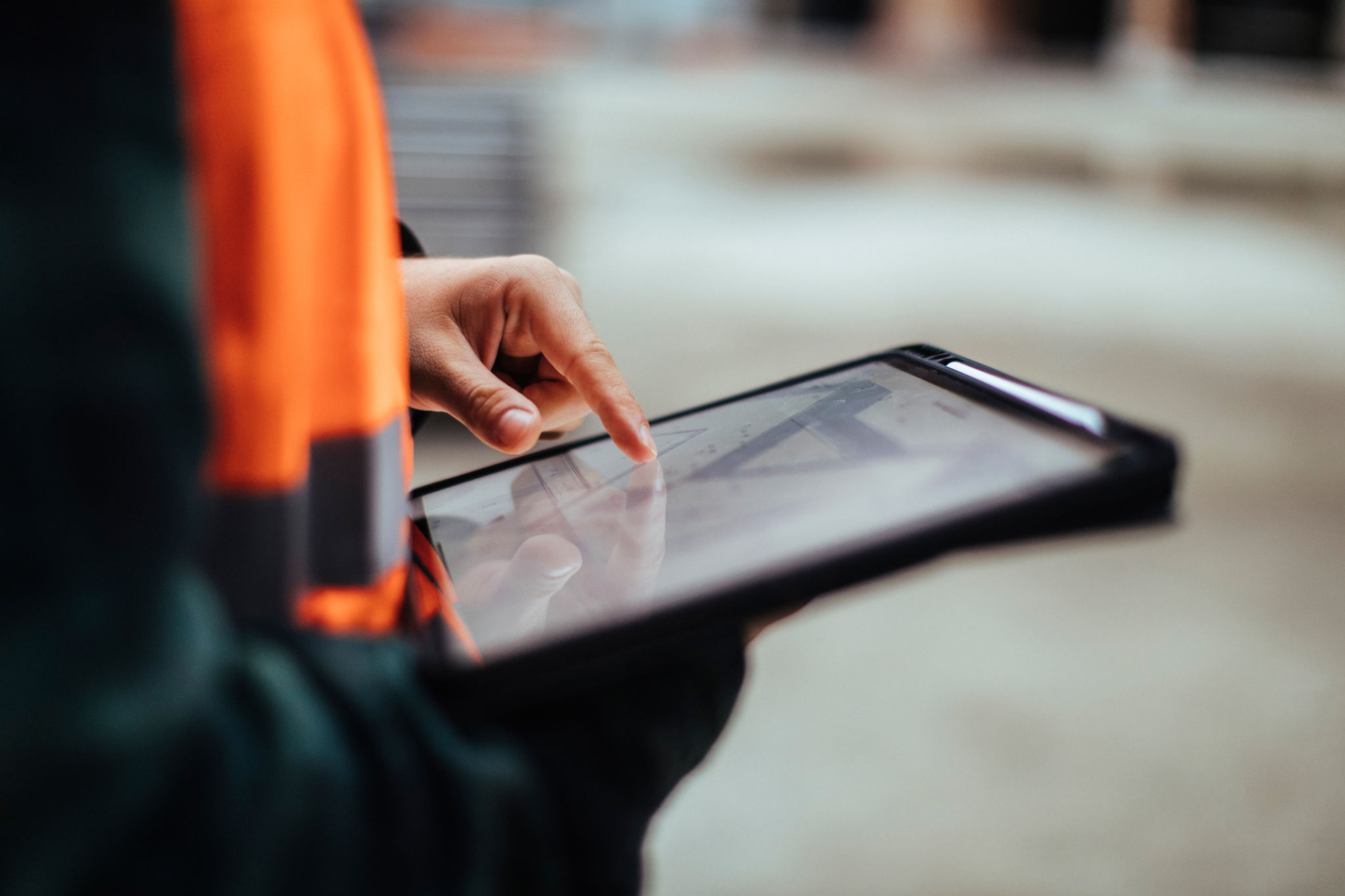Expert Insights: Trends in Hawaii's Construction and Industrial Equipment Market
Understanding the Current Landscape
Hawaii's construction and industrial equipment market is experiencing a transformative phase, driven by an increasing demand for sustainable infrastructure and technological advancements. The islands' unique geographic and environmental challenges necessitate innovative solutions, pushing the industry towards more eco-friendly and efficient practices. The integration of technology in construction processes is not only increasing efficiency but also ensuring projects are completed within budget and on time.

With a focus on sustainability, many companies are investing in equipment that minimizes environmental impact. This trend is not only beneficial for the environment but also aligns with Hawaii's commitment to preserving its natural beauty. Companies are increasingly choosing machinery that reduces emissions and conserves energy, which is becoming a standard expectation in project bids.
Technological Advancements Driving Change
The adoption of advanced technologies like GPS and drone surveying, as well as 3D printing, is revolutionizing the construction landscape in Hawaii. These technologies allow for precise planning and execution, reducing waste and improving the accuracy of project timelines. Additionally, the use of Building Information Modeling (BIM) is becoming more prevalent, offering a digital representation of physical spaces that aids in project management and decision-making.

Moreover, the shift towards automation and smart machinery is gaining momentum. Equipment equipped with sensors and IoT connectivity provides real-time data that helps in predictive maintenance, reducing downtime and operational costs. This technological shift not only enhances productivity but also addresses the skilled labor shortage by requiring less manual intervention.
Sustainability: A Core Focus
Sustainability remains a core focus in Hawaii's construction sector. The state’s commitment to achieving 100% renewable energy by 2045 has accelerated the adoption of green building practices. Projects are increasingly utilizing renewable materials and implementing energy-efficient designs to meet these ambitious goals. As a result, builders and equipment providers are prioritizing products that support sustainable construction methods.

The demand for LEED-certified projects is on the rise, reflecting a shift in consumer preferences towards environmentally responsible building practices. This trend is encouraging companies to invest in equipment that supports sustainable construction, such as electric or hybrid machinery that reduces reliance on fossil fuels.
Impact on Local Businesses
For local businesses, adapting to these trends is crucial to remain competitive. Companies are exploring partnerships with technology providers and investing in staff training to upskill their workforce. This proactive approach ensures they can meet the growing demand for modern construction methods while maintaining a skilled workforce capable of operating advanced equipment.
The market is also seeing an influx of new players who bring innovative solutions and fresh perspectives. These entrants are often tech-savvy, leveraging modern technologies to carve out a niche in the competitive landscape.
Looking Ahead: Future Trends
Looking ahead, we can expect further advancements in automation and artificial intelligence within Hawaii's construction sector. As technology continues to evolve, so will the capabilities of construction equipment, leading to even more efficient and sustainable building practices. The integration of AI for predictive analytics could become a game-changer, providing insights that drive better project outcomes.
Overall, the trajectory of Hawaii's construction and industrial equipment market points towards a future where innovation and sustainability go hand in hand. Businesses that embrace these trends will not only thrive but also contribute to the state’s long-term environmental goals.